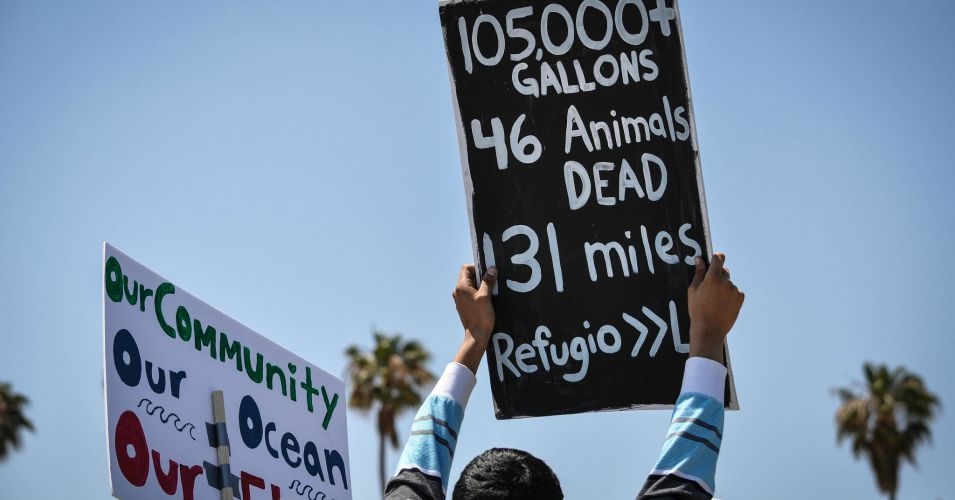Yet another article limiting wind and solar potential by adhering to the ‘centralized’ paradigm. Nevertheless, the article does point out the necessity of developing clean storage technologies.
Renewable energy, like wind and solar power, holds great promise in providing electricity. Consumer-owned electric co-ops have blazed trails when it comes to developing renewables. Today, more than 80 percent of the nation’s 900-plus electric co-ops supply electricity produced by wind, solar, hydro, biomass (including landfill gas, livestock waste, timber byproducts, and crop residue) and other “green power†sources. This makes up about 11 percent of all co-op kilowatt-hour sales.
But renewables have some limits. Wind, for example, which has the potential to meet 20 percent of the country’s electricity needs, must overcome two main hurdles: construction of additional high-voltage transmission lines to bring generation produced at wind farms, usually located in remote rural areas, to population centers; and “intermittency†— the fact that wind only blows 30 percent to 40 percent of the time, and generally not during times of peak electricity use on hot, humid summer weekday afternoons.
Electric co-ops are heavily involved in research needed to develop better batteries to store wind and solar energy, a breakthrough that will allow these resources to become full-time sources of electricity. Additional work must taker place before these batteries can become viable.
It is way past time to start thinking out of the box and to step away from the standard corporate model of energy production. Need sparks innovation and innovative thinking. While decentralized or distributed energy is not new it deserves a fresh look.


